(Upper Image Courtesy of HAPSA)
ʻI am an Architectʼ was planned to meet young architects who seek their own architecture in a variety of materials and methods. What do they like, explore, and worry about? SPACE is going to discover individual characteristics of them rather than group them into a single category. The relay interview continues when the architect who participated in the conversation calls another architect in the next turn.
interview Kwon Kyungmin, Park Cheonkang co-principals, HAPSA ¡¿ Kim Yeram
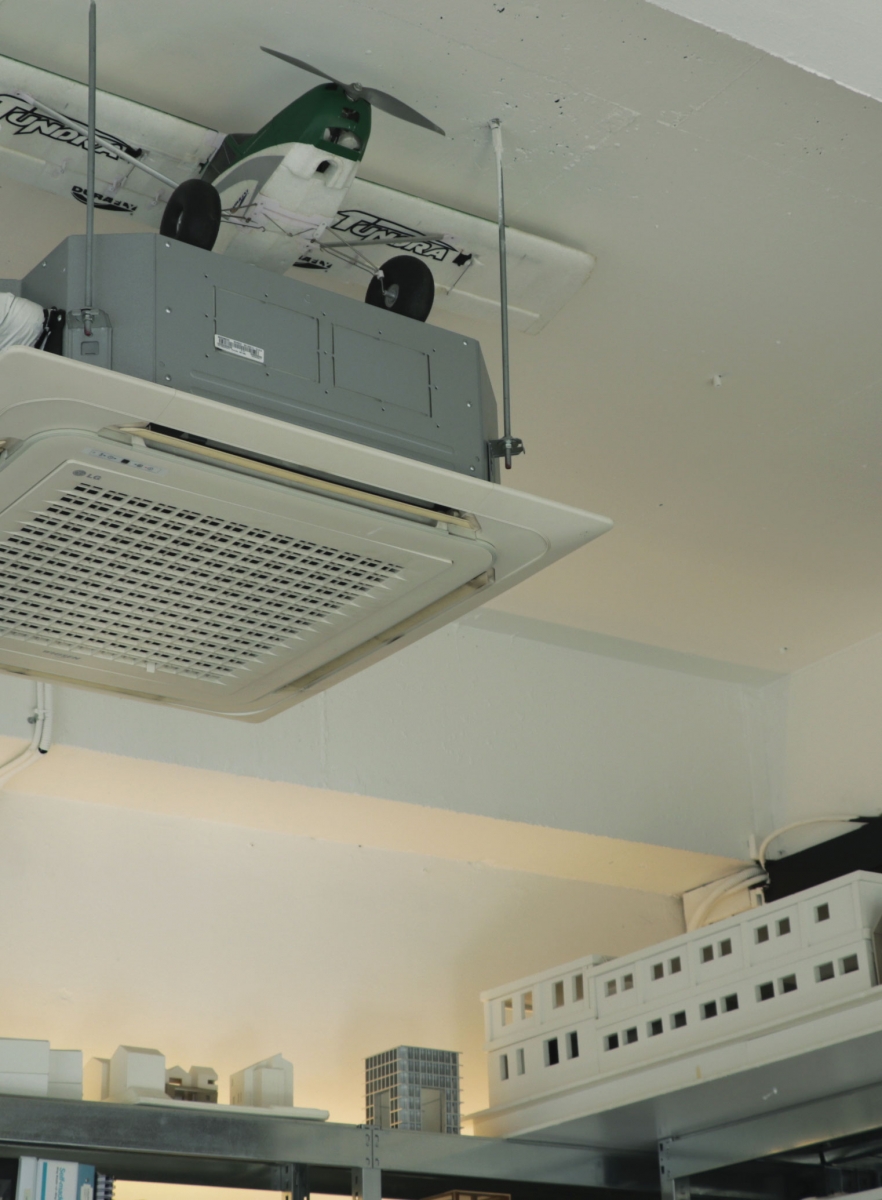
Considering Flexible Relationships
Kim Yeram (Kim): The name of your firm is an acronym commonly used by Korean architects. When did you decide upon the name HAPSA?
Park: In 2018, I was commissioned by the fashion store ALAND to design a commercial project, a shop, they wished to build in Bangkok, Thailand. At the time, around a year after opening my own firm, I was extremely exhausted, and so I proposed to principal Kwon Kyungmin that we begin working together.
Kwon: We started working under the name HAPSA during the time of the Amorepacific showroom project Amore Seongsu (2019). Working with a large corporation made us feel that we ought to give the firm an official name. While the name was decided upon quite spontaneously, we spent a significant amount of time contemplating how best to collaborate.
Park: We spent that time going back and forth between collaborative and individual projects, according to the circumstances, and it was at that point that we both identified the need for a defined system, rather than a casual relationship.
Kim: Was this the moment that you officially registered the name of the firm?
Kwon: HAPSA was officially registered as a shared business after the system of collaboration was clarified following the Amore Seongsu project. We both continued running our independent firms, but costs related to projects under the firm HAPSA are dealt with separately.
Kim: Our last interviewee, Kim Sara from Diagonal Thoughts was curious about how you two collaborate. What kind of working relationship do you imagine for yourselves?
Kwon: In general, collaboration is when people with different affiliations find separate time to generate a new project. However, with the two of us stuck together at our respective workplaces all week, it feels more like we are one body rather than in a collaborative relationship. Of course, if the firm branches out, we would have to reconsider the dynamics of the relationship.
Park: I don¡¯t really think we will ever split up. (laugh) It¡¯s hard to determine exactly what kind of system we have devised, but we try not to put all of our projects under the name of HAPSA to avoid neutralising the potential impact of our individual projects.
Kim: You¡¯ve been looking for ways to work separately and together.
Park: Yes, we are trying to move towards securing greater flexibility between shared and independent creative projects. We once worked together as Project team MOON JI BANG, before we came together as HAPSA. It was a group composed of principal Choi Jangwon from Farming Architecture and the two of us, and at the time, we had each been working for separate firms for three to four years. As it was clear from the onset that each of us had the desire to work on independent projects, we didn¡¯t want our individual aims to be entirely consumed by coming together.
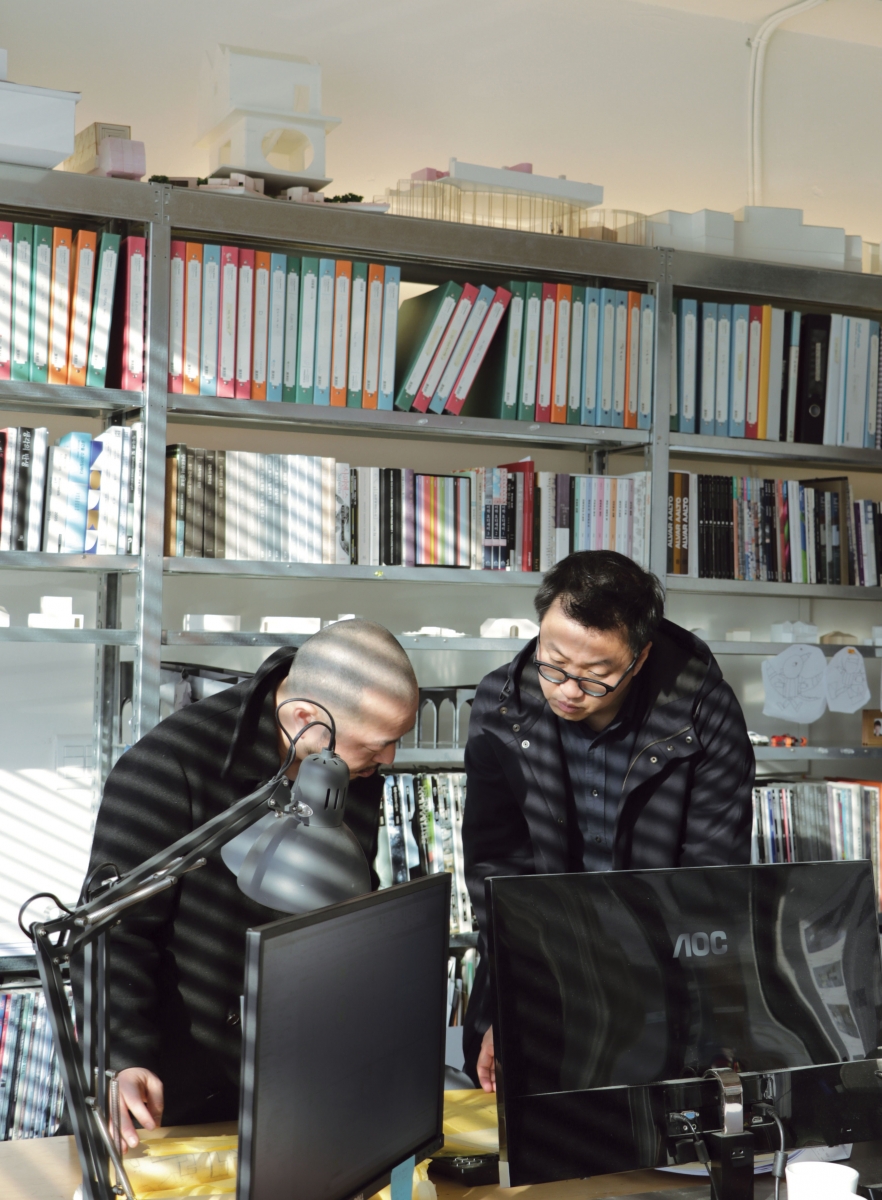
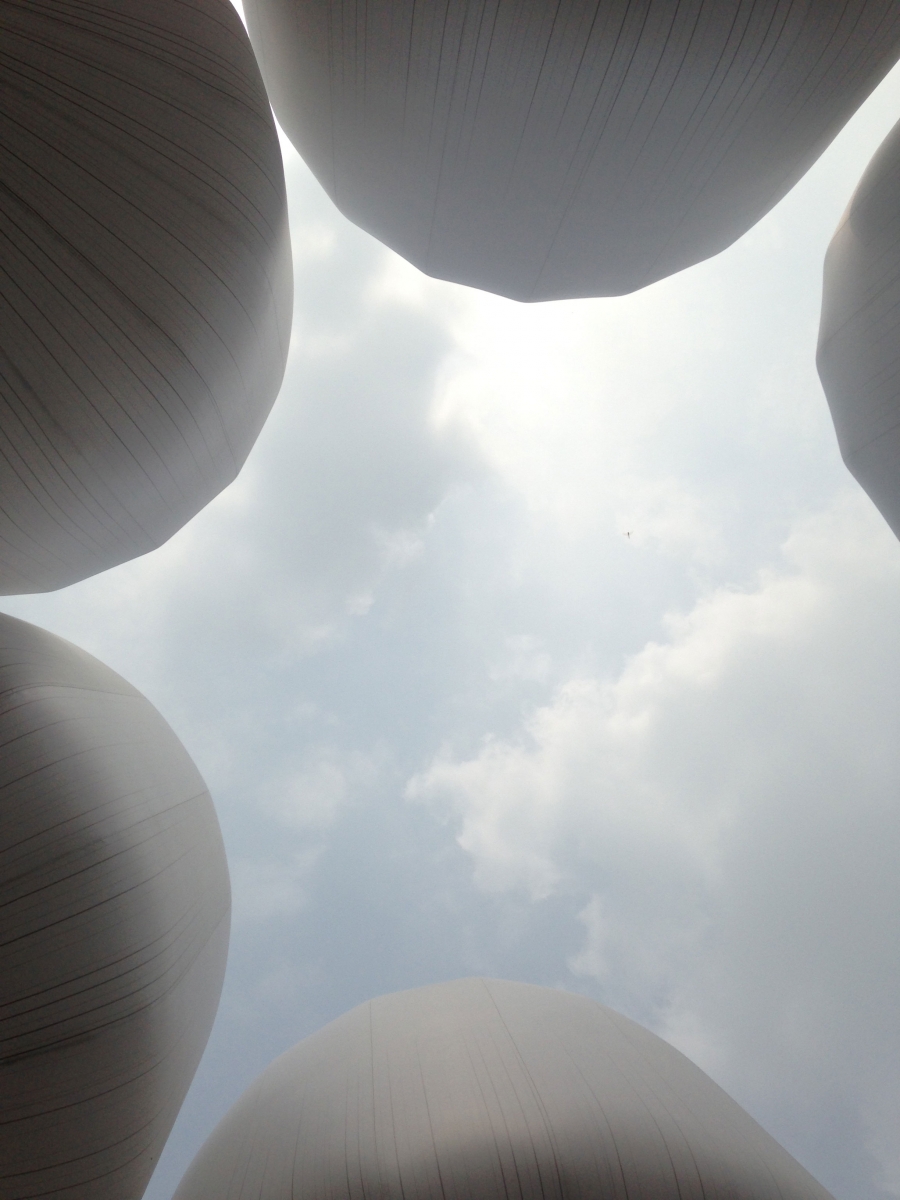
¨ÏHAPSA
An Unexpected Turn of Events
Kim: With such thoughts and ideas, you participated in Young Architects Program (YAP) (2014) held by National Museum of Modern and Contemporary Art (MMCA). Tell us about how you came to participate in the pavilion design competition.
Kwon: A condition for participating in the competition was to have a referral from an architectural expert designated by the MMCA. At that point, the principal Choi Jangwon had been backed by the Kim Swoo Geun Foundation, and he proposed that we join him.
Park: I had worked with Choi before, on the Hans Christian Andersen Museum (2013), and we were more than willing to say yes, as it had been such a good collaboration.
Kim: Your project Shinseon Play which you proposed to the museum, had such a unique concept that it has stayed in the minds of many of its visitors.
Kwon: The concept departed from a collage of images by Park. This plotted our thoughts about the kind of stories that could be created when our imagined spaces merged with the nearby Inwangsan mountain and office building of the Royal Genealogy Bureau. Part of this concept image had been edited with a blurring effect, and it made the office building of the Royal Genealogy Bureau located behind the pavilion resemble the palace of the Jade Emperor. (laugh)
Kim: This blurred effect was actually realised on site as mist.
Kwon: If the pavilion only had ballon units, the experience of walking between them would have felt quite kitsch. Adding mist helped to make the experience on site much richer and more nuanced. The pavilion, planned on the ¤§-shaped courtyard of the museum, was completed in the summer, and thanks to the mist, museum visitors were able to enjoy the exhibition within this cool climate. The mist would change in form according to the humidity, and I heard that at times the neighbours mistook the mist for smoke and called the fire department. (laugh)
Kim: Principal Kwon ended up going independent somewhat unexpectedly due to this competition. Did establishing your own independent firm happen a lot earlier than originally planned?
Kwon: I had always thought of going independent, but in a rather vague way because I felt I needed to learn more. I wanted to gain a lot of experience in onsite construction. So, I moved to a smaller firm and worked there for about six months before leaving. To be honest, working for this firm was part of my career plan to go independent, and so I think I would have gone independent a couple of months later anyway. YAP just brought that exact moment forward.
Kim: Ultimately, your group was announced as the finalist; did you expect this result?
Kwon: We really didn¡¯t anticipate the results, doubting ¡®it would actually happen¡¯. After the final presentation, we felt that the result wouldn¡¯t be in our favour, and so we went to a nearby kalguksu (chopped noodles soup) restaurant and drank makgeolli (Korean raw rice wine) while whining about the process. (laugh)
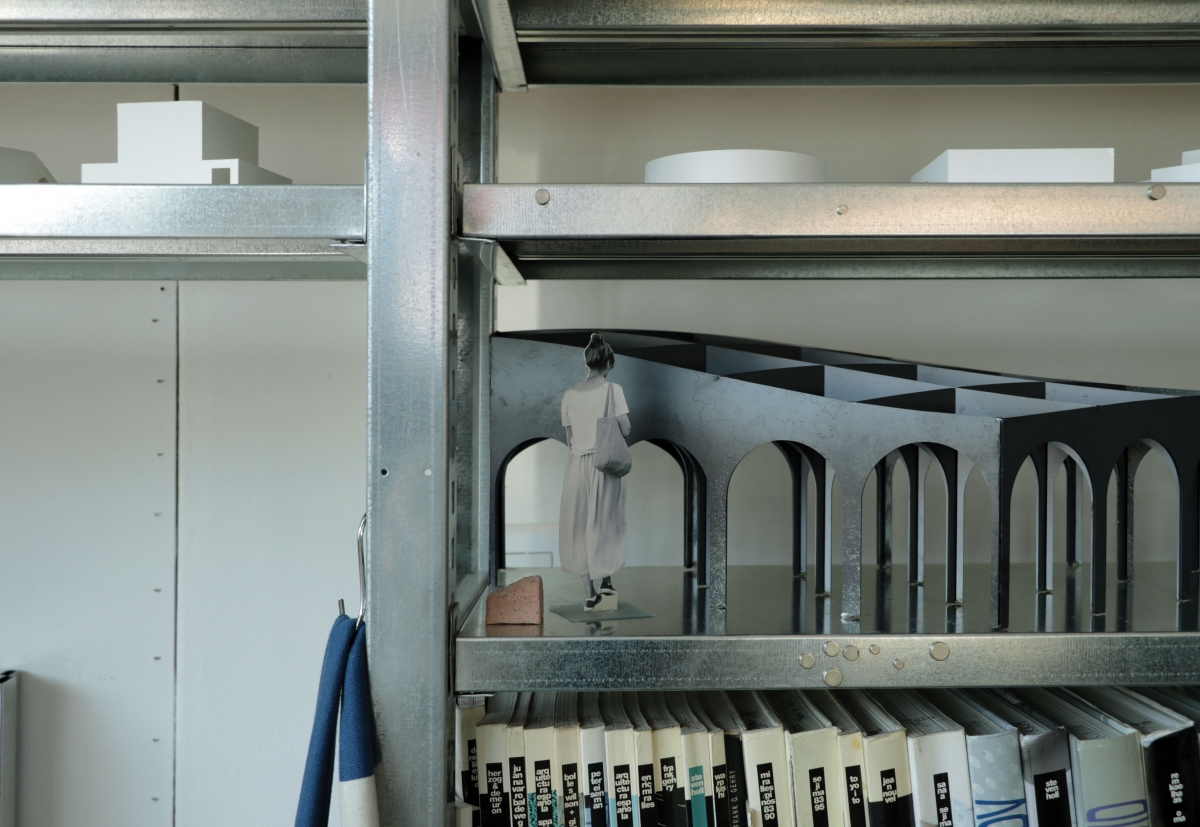
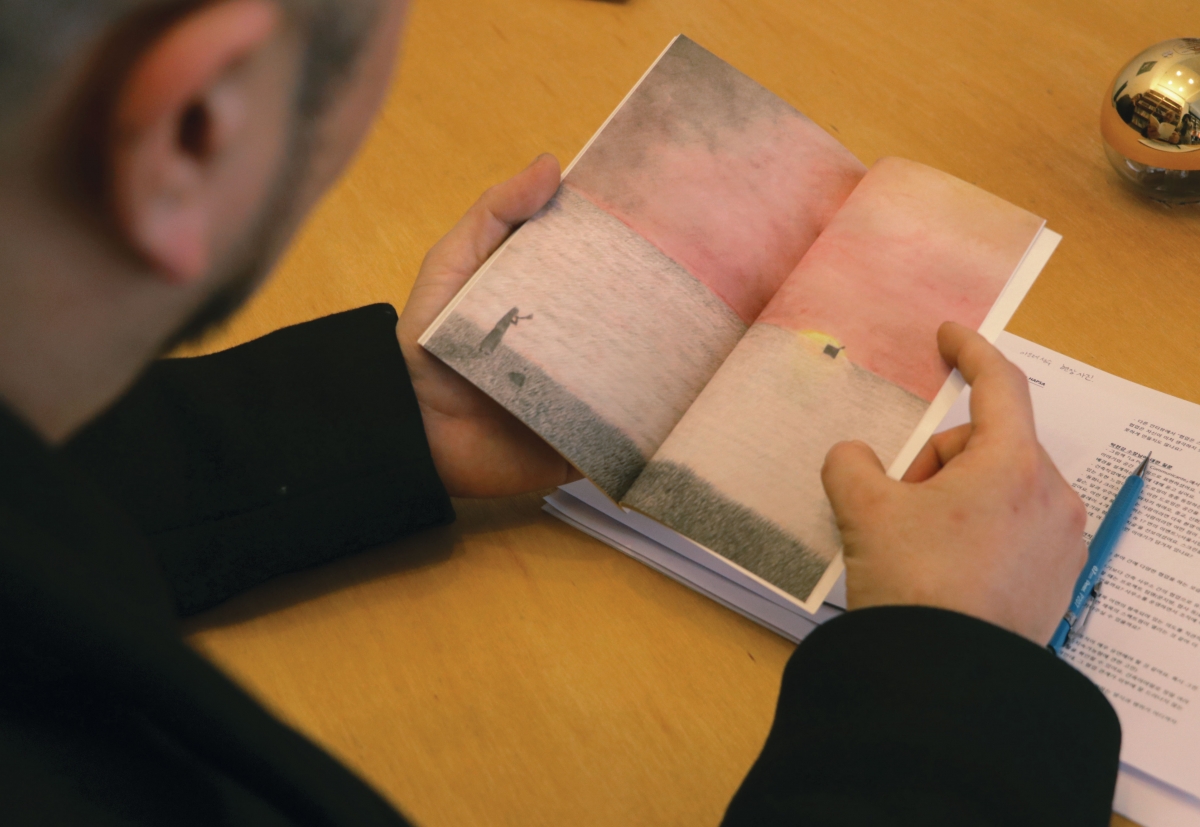
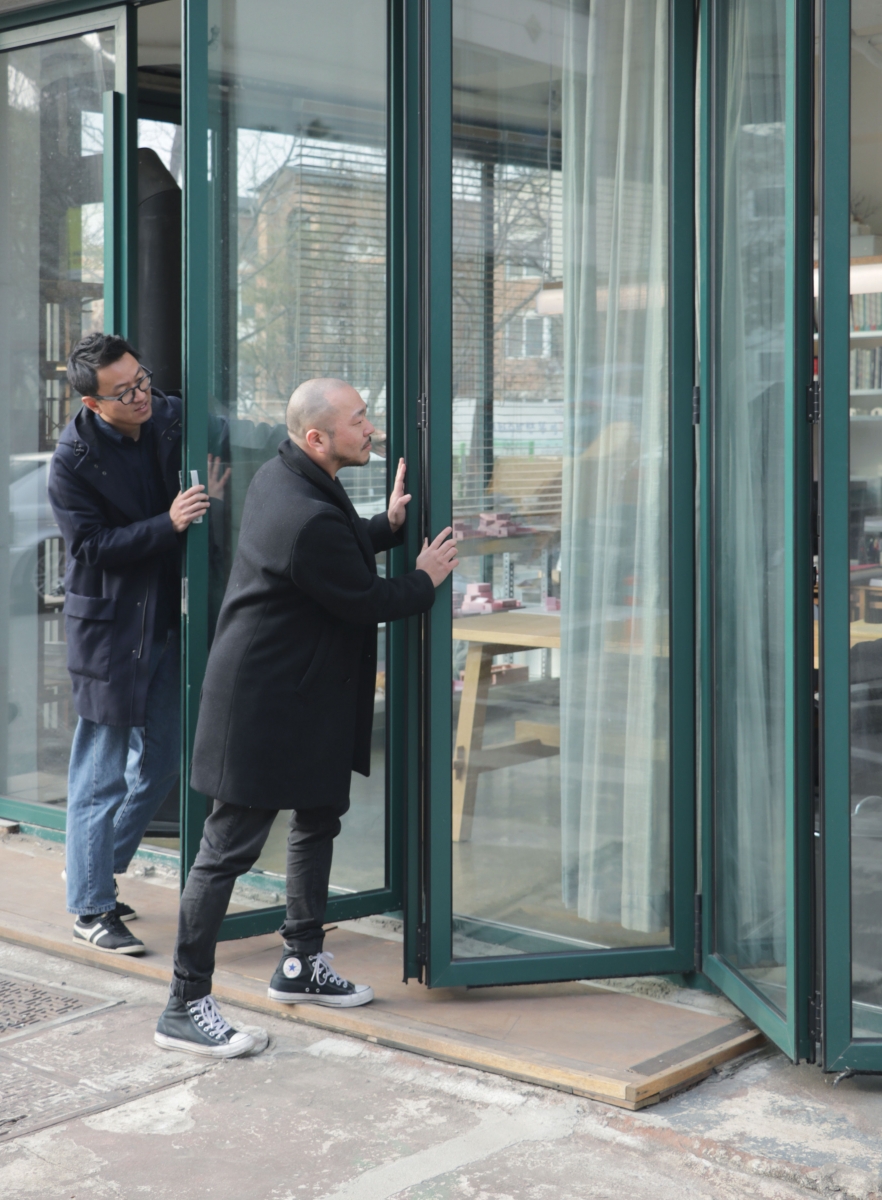
Freedom Requires a System
Kim: What is the most important thing when running a design firm together?
Park: I think it is important to open constant lines of communication focused on all of the processes, from the conceptualisation of projects to the establishment of a design methodology for the firm. One cannot help but talk it out, particularly if you want to know project progress in acute detail or simply what the other person thinks.
Kwon: So, we often share our interests. Even if it¡¯s not about architecture, we try to make as much time as possible for talking about diverse topics. The more time we have to spend on this, the more we are able to tune into each other¡¯s thoughts.
Kim: What topics do you talk about most nowadays?
Park: We have both been long interested in democratic systems, and we have observed a dynamically changing international scene. Of these, we have been fixated by international events; the US elections, the recent attack on the Capitol, as well as the coup d¡¯etat by the military regime in Myanmar.
Kim: What are the preconditions for a more stable system?
Park: Making the effort to use conversation to resolve problems, without trying to dominate the other, is necessary not only in politics but in our daily lives. It may seem inefficient, as it takes longer to resolve problems or issues, but we believe that such efforts are paramount. So, we practice these values within our firm.
Kim: Observing the websites of your independent firms, it feels like there is a slight discrepancy between the ways you express architectural images.
Park: I like to draw when working alone. Creating a blueprint of an ambiance encourages one not to overlook details during the construction of architecture. Nevertheless, I try to resist this methodology when working with principal Kwon. Adding too many personal methods of expression in joint projects has the potential to put up obstacles to collaboration.
Kwon: It becomes difficult to maintain a system of collaboration, if one person¡¯s method of expression is asserted too distinctively. It can result in a monopoly of expression. Working alone, it¡¯s possible for one to approach and express themselves in ways that one is familiar with, but in joint projects, it seems good to talk things out to emphasise the exchange of ideas.
A Chance to Dream
Kim: Is there someone you would like to work with in the future?
Park: In that case, I would like to work on a joint project or to learn from Sverre Fehn.
Kwon: Yet, I wonder to what extent the concept of collaboration will apply to architecture. There are so many cases in which the credits for spatial design are ambiguous.
Kim: There are often cases where it is hard to distinguish this in a clear-cut way.
Kwon: Building complex design projects are clearly distinguishable according to certain territories, and so it¡¯s easy to prove who performed what role or created what part and to what degree. However, the majority of projects don¡¯t have such clear-cut boundaries.
Park: There are often cases in which smaller design firms have been nominated for large-scale competitions and they take a risk in employing many people, increasing the scope of the firm. Yet, if a network was to be created, with consistent collaboration between many different architecture teams, would it be possible for these groups to come together for larger projects? This would reduce the risk related to credit, scale which increasing creative synergy effects.
Kim: Both of you have long experimented with organisations in an environment where collaboration is not as easy as it sounds. I wonder what kind of priorities you have to set in order to maintain an organisation that works together as well as independently in the long term.
Park: To activate a collaborative system, it is necessary for each of the members to introduce certain unnoticeable aspects. For example, I can learn what I lack from the other person, and also teach them about what I know, fundamentally establishing a process of mutual growth. This might seem obvious, but it is really difficult to always keep this in mind.
Kwon: Collaboration based on assigning roles creates ambiguity in areas like credits, and this is why we chose the method of joint creation. We predict that if we continue to stably manage projects within this system, we will be able to pursue our independent projects. We hope that this will eventually lead to a state that prompts the question, ¡®if we keep going back and forth on independent projects and joint projects, won¡¯t our architectural language start to transform and become more specific?¡¯ For the moment, we must concentrate on establishing a system between the two of us, willing as we are to face a process of trial and error.
Kwon Kyungmin and Park Cheonkang, our interviewees, want to be shared some stories from Kim Woosang and Lee Daekyu (co-principals, KIND ARCHITECTURE) in April issue.





